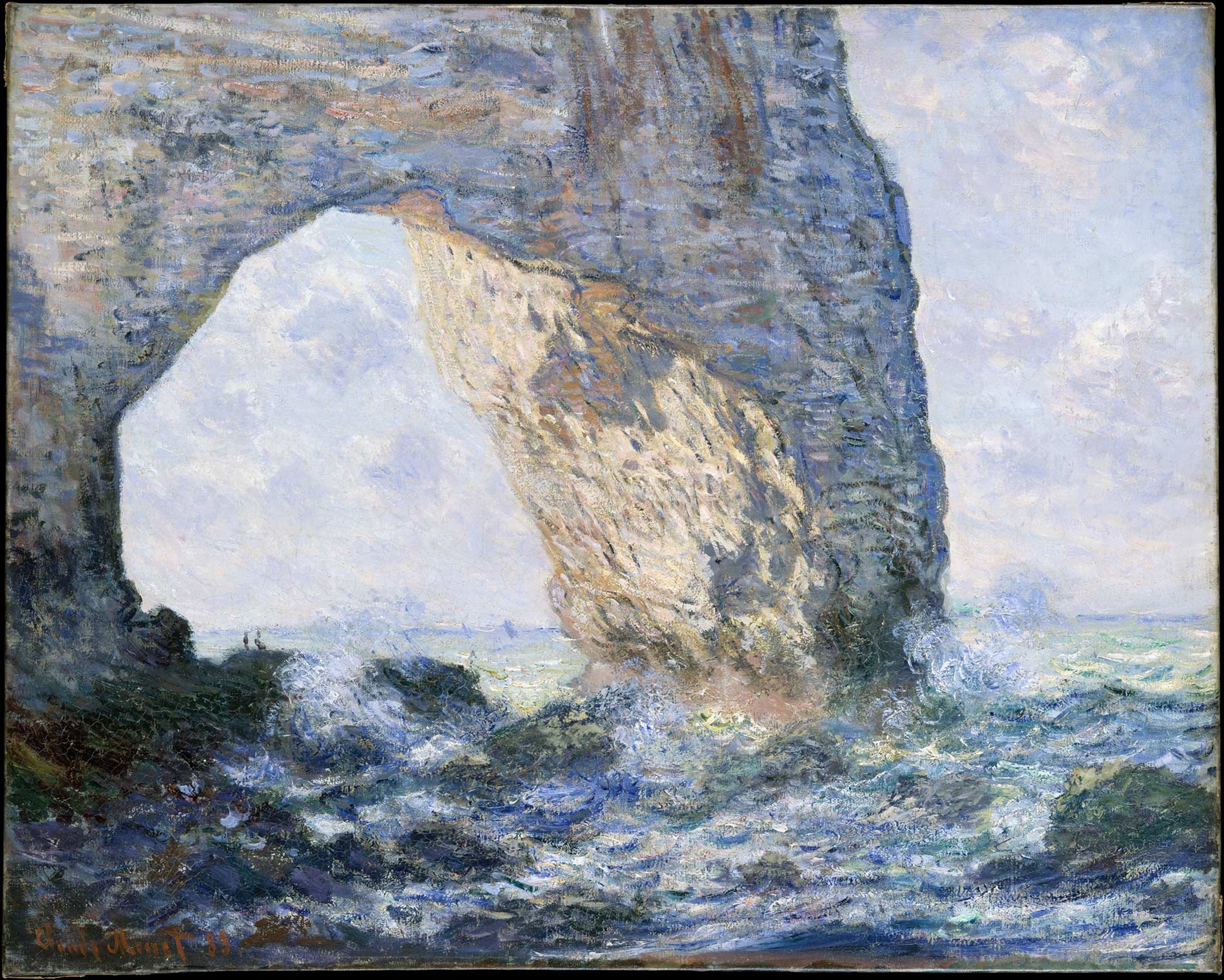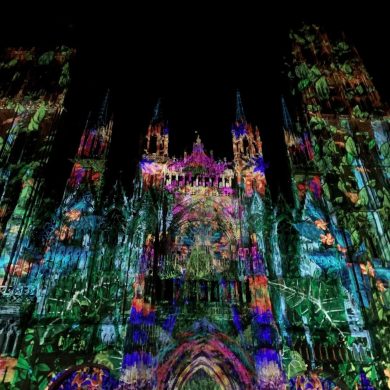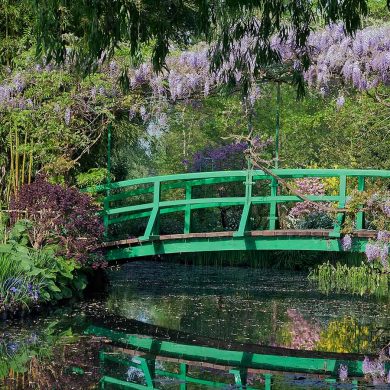Updated on 24 June 2024
Reading time: 3 minutes
Rouen, Caen, Le Havre, Cherbourg, Giverny, Honfleur, Fécamp, Saint Lô and across all of Normandy
22 March - 22 September 2024
Inspired by the unique light, beauty and mystery of Normandy, the Impressionist painters set up their easels throughout the region: by the Seine estuary, along the coast, in Rouen’s old town and in the village of Giverny. The Normandy Impressionist Festival aims to showcase the Impressionist movement and its close links with Normandy and will return in 2024 from 22 March to 22 September.
Normandy, birthplace of Impressionism
Normandy was, for many Impressionist painters, their birthplace and home. Its proximity to Paris and growing number of fashionable seaside resorts such as Dieppe, Le Havre, Honfleur, Deauville and Trouville-sur-Mer meant that artists came to Normandy by train and stayed, producing an artistic legacy which would be hard to rival anywhere else. For over half a century, these seaside resorts, alongside Rouen, the bucolic Pays de Caux region and later Monet’s home in Giverny, were the inspiration for numerous canvases.
Breaking away from the more formal, classical themes of the early 19th century, the Impressionists were revolutionary in their preference for painting outdoors in natural light, with landscapes, towns and scenes of daily life as their subjects. While Monet’s work adorns galleries and collections all over the world, a remarkable number of Impressionist works can still be admired in Normandy.
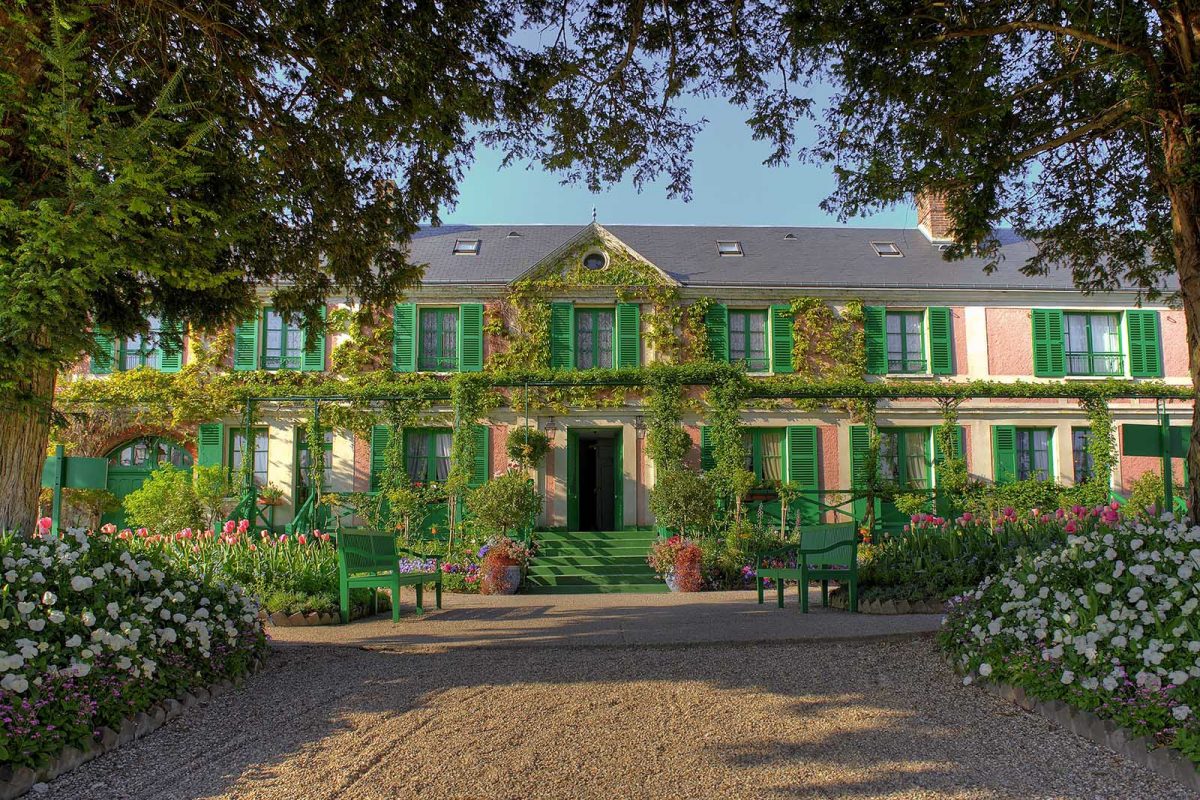
A celebration of art in all its forms
The 19th century Industrial Revolution in France brought about many upheavals and, with it, the Impressionist art movement. By focusing on family, hobbies, work and social transformation, the Impressionists’ canvasses captured the day-by-day nature of this pivotal period.
A tribute to an art movement that was ahead of its time, the 5th edition of the Normandy Impressionist Festival will celebrate art in all its forms through a diverse six‑month programme catering to all ages and tastes, which will feature numerous Impressionist and contemporary exhibitions, performing arts, concerts, light shows, street art, international conferences, and much more.
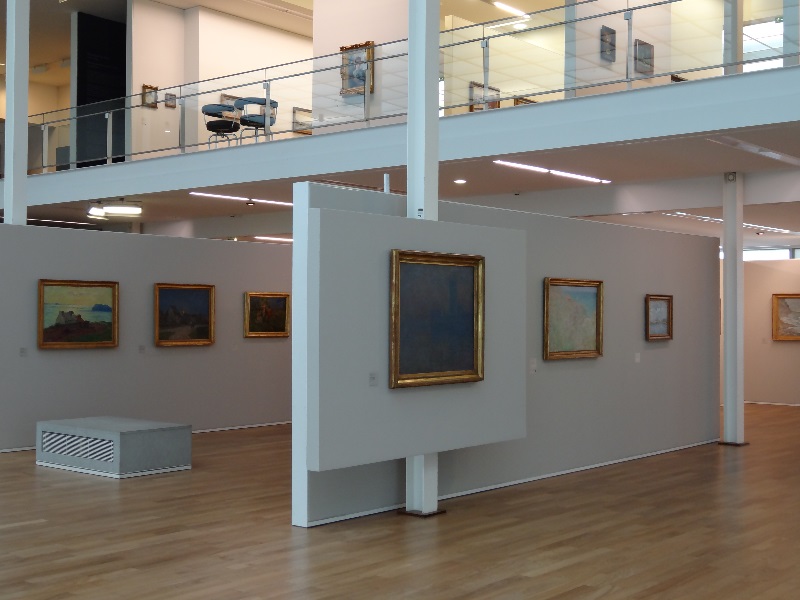
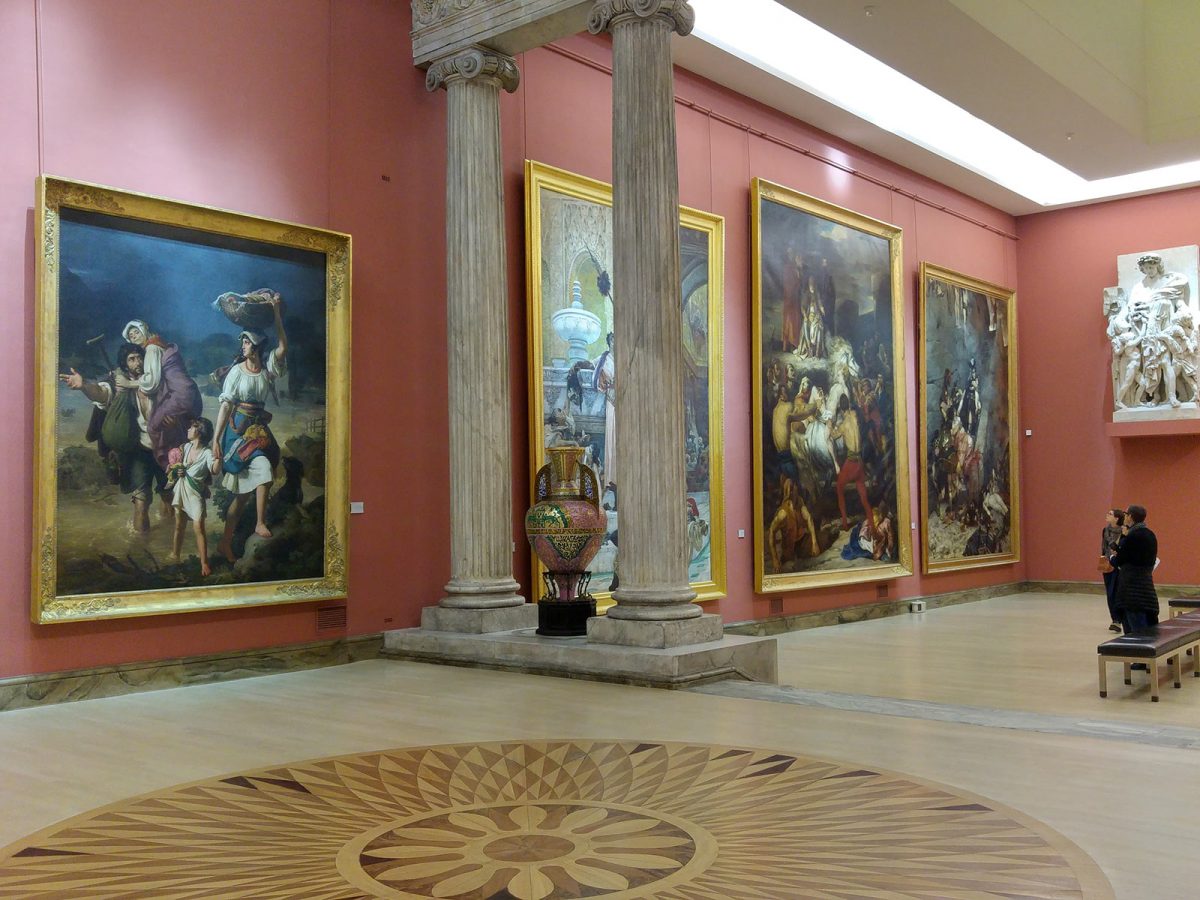
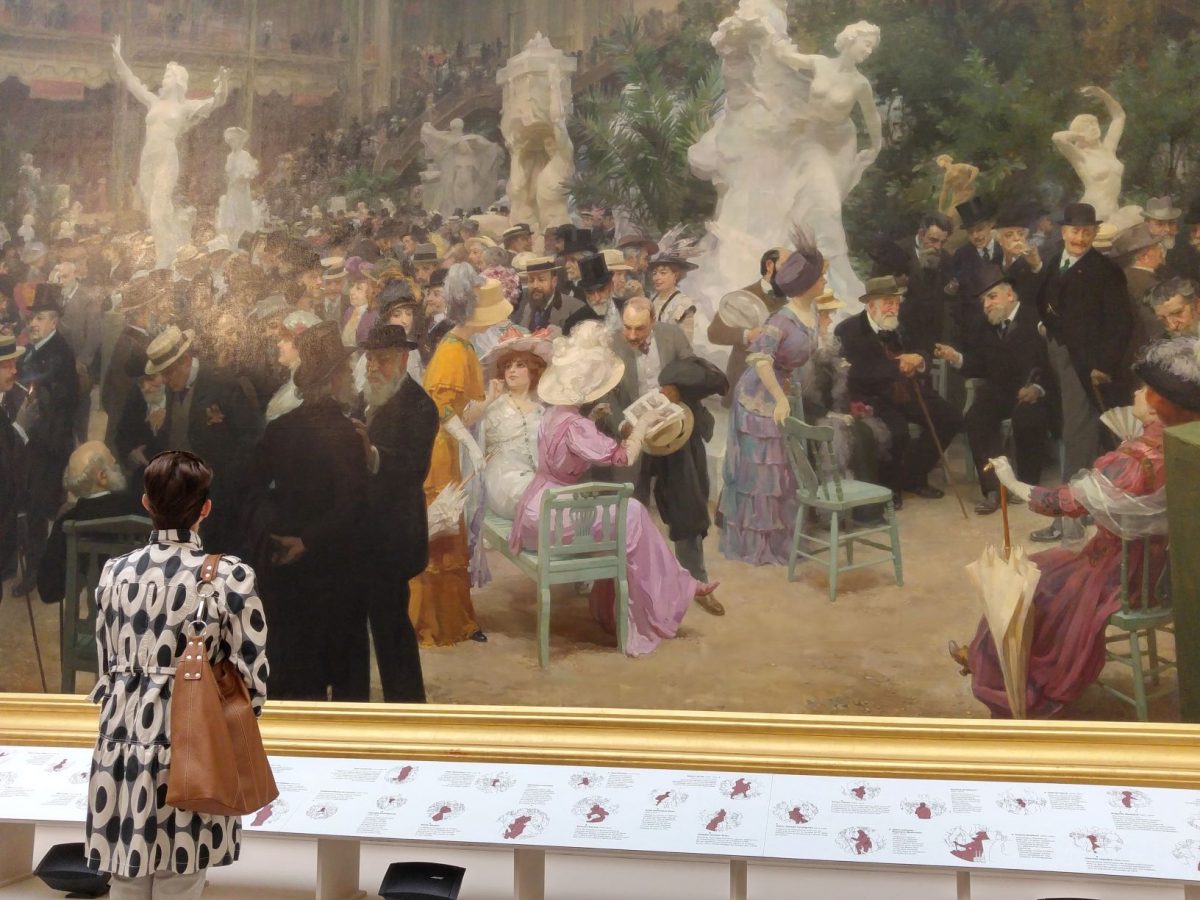
2024 festival highlights
- David Hockney: Normandism at the Musée des Beaux-Arts (Fine Arts Museum) in Rouen from 22 March to 22 September
- Robert Wilson’s Cathedral of Light on the facade of Rouen Cathedral from 24 May to end September
- Impressionism and the Sea at the Musée des Impressionnismes in Giverny from 29 March to 30 June
- Whistler, the Butterfly Effect at the Musée des Beaux-Arts (Fine Arts Museum) in Rouen from 24 May to 24 July
- Sean Scully exhibition at the Église Saint-Nicolas in Caen from 21 June to 29 September
The full festival programme is available here
dates
22 March to 22 September 2024
prices
Buy a Normandie Impressionniste Pass for entry to all of the exhibitions taking place across Normandy
